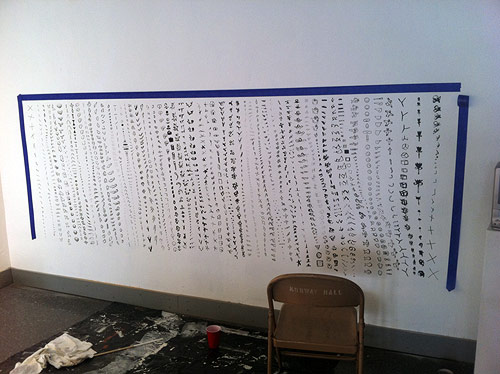The sharing, reusing and remixing of information legally.
This led to the creation of the creative commons whereby;
- You can let people share and use your photographs but not allow other companies to sell them.
- You can look for access to course materials from the world’s top universities.
- You can encourage readers to re-publish your blog posts, with credit added to your name.
- You can look for songs that you can use and remix, royalty-free.
I found this video which simplified the information to me;
Wanna Work Together? from Creative Commons on Vimeo.
With this comes loads of different levels of licenses the owner can apply;
ATTRIBUTION BY CC BY
This license lets others distribute, remix, tweak, and build upon your work, even commercially, as long as they credit you for the original creation.
This is the most accommodating of licenses offered. Recommended for maximum dissemination and use of licensed materials.
ATTRIBUTION ShareAlike
This license lets others remix, tweak, and build upon your work even for commercial purposes, as long as they credit you and license their new creations under the identical terms.
This license is often compared to “copyleft” free and open source software licenses. All new works based on yours will carry the same license, so any derivatives will also allow commercial use. Used By Wikipedia
ATTRIBUTION - NoDerivs
This license allows for redistribution, commercial and non-commercial, as long as it is passed along unchanged and in whole, with credit to you.
ATTRIBUTION - NonCommercial
This license lets others remix, tweak, and build upon your work non-commercially, and although their new works must also acknowledge you and be non-commercial, they don’t have to license their derivative works on the same terms.
ATTRIBUTION - NonCommercial- ShareAlike
This license lets others remix, tweak, and build upon your work non-commercially, as long as they credit you and license their new creations under the identical terms.
ATTRIBUTION - NonCommercial- NoDerivs
This license is the most restrictive of our six main licenses, only allowing others to download your works and share them with others as long as they credit you, but they can’t change them in any way or use them commercially.



